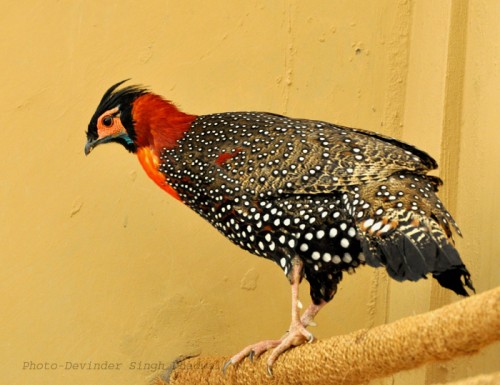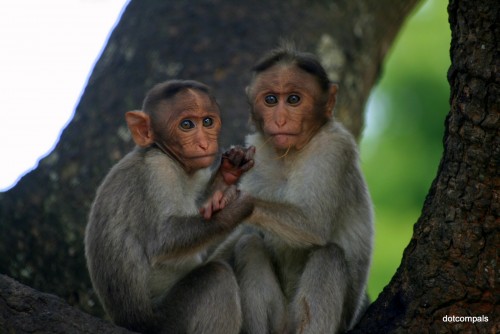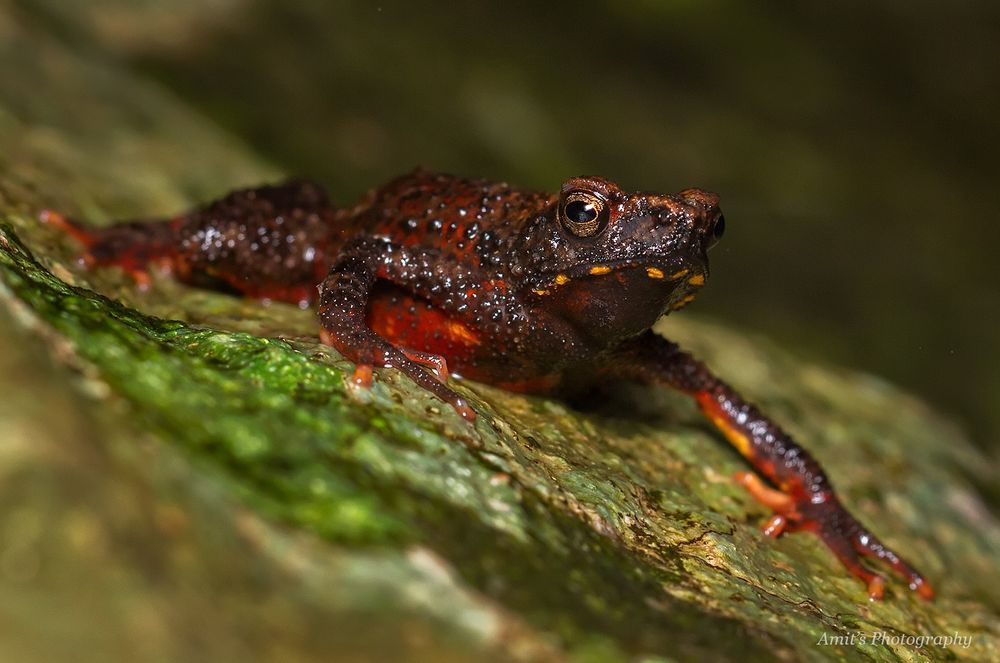SPECIES WATCH: Just like we have a National Bird, a National Animal and a National Flower, every Indian state has a State Bird, a State Animal and a State Flower. The motive behind designating these National and State features is to give them protection and to take corrective measures to avoid extinction of these species.
In the following article, guest post author Aparna Menon reveals more about the beautiful Western Tragopan (Tragopan melanocephalus) State Bird of Himachal Pradesh and the threat the species is facing.

The diversity in the State’s geography, from the plains to the mountains, helps Himachal to be home to many plant, tree, bird and animal species; many of them being endemic to the state.
If asked what the State Bird of Himachal is, many of us would probably say, it is the Monal. To a large extent this is not wrong, as it was only in 2007 after the 3rd State Wildlife Board meeting was held, that the Western Tragopan replaced the Monal as the State Bird of Himachal. Since the Monal is the State Bird of Uttarakhand and the National Bird of Nepal, it became imperative for Himachal to choose another species as the State Bird and the Western Tragopan obviously won hands down, given its decreasing numbers and of course, its beauty.
King of Birds
Tragopan melanocephalus, is the latin name of the Western Tragopan and locally it is known as jujurana, the King of Birds. The global distribution of this beautiful pheasant is from Hazara in Pakistan, upto Uttarakhand in India. These are extremely shy birds and very difficult to spot in the wild, hence for a long time, it is one of those pheasants that remained unknown to man.
As per records, there are only 5000 individuals of this bird present on Earth today, this number includes those in captivity too. Given this alarmingly small number, this pheasant features on the Red List of the International Union for Conservation of Nature as a vulnerable species.
Shy birds like this are generally counted by the number of mating calls heard during the mating season and there has been a decline in the number of calls recorded.
Studies have proved that apart from natural factors, human disturbances have played a major role in the decline of this rare bird species.
“Tourism in Himachal is at its peak in the summer months, with most tourists visiting protected areas to see rare species like the Brown Bear and the Western Tragopan,” says Mr DS Dadhwal, Assistant Conservator of Forests, Dharamsala.
“The large amount of human activity especially between April and June, which is also the breading and nesting period for these pheasants; has caused a lot of disturbance to them, due to which for many years these birds have been unable to multiply. After extensive studies on the bird, this deduction was arrived at and ever since, tourism has been regulated in places like the Great Himalayan National Park,” adds the ACF, Wildlife.
Apart from tourism, Western Tragopan habitat is also frequented by humans for grazing domestic animals and for plucking medicinal fungi and herbs.
The forest department is taking stringent steps to regulate human activity in protected areas to reduce disturbances being caused to our rich and rare fauna, with a hope that future generations of humans will co-inhabit the Earth with these beautiful birds and animals. With these measures in place, let us hope that the population of these species of wildlife increase so that the ecological balance is maintained for many more years to come.
More Related Stories,
One Man for a Billion Ants: Meet Dr. Himender Bharti
Boxer Turns Poacher to Earn Fast Bucks
Endangered Fish Species Thrives Again in Maharashtra
Image courtesy – Devider Singh Dhadwal
This article was first published in Times of India- Simla Edition and has been re-published with permission from the author.






2 thoughts on “Western Tragopan: Vulnerable State Bird of Himachal Pradesh”